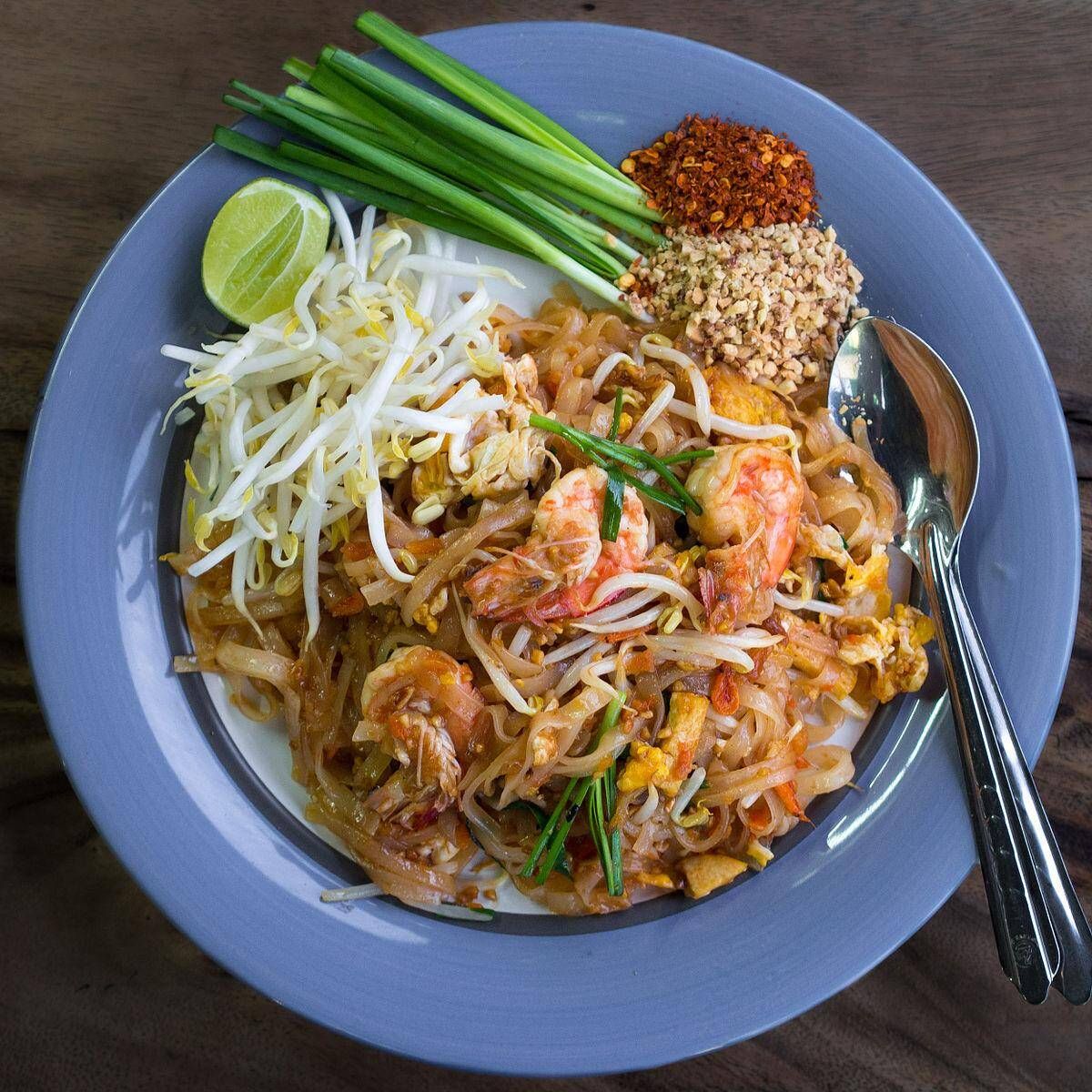- Home
- Travel news
- MICE business
- Country news
- Abu Dhabi
- Argentina
- Armenia
- Austria
- Azerbaijan
- Australia
- Bali
- Baltic
- Belgium
- Bolivia
- Botswana
- Brazil
- Budapest
- Cambodia
- Canada
- China
- Chile
- Colombia
- Costa Rica
- Croatia
- Cyprus
- Czech Republic
- Dubai
- Ecuador
- Egypt
- Finland
- France
- Germany
- Greece
- Hong Kong
- Iceland travel news
- India
- Ireland
- Israel
- Italy
- Japan
- Jordan
- Kazakhstan
- Kenya
- Lebanon
- Malaysia
- Malta
- Mauritius
- Mexico
- Montenegro
- Morocco
- Namibia
- Netherlands
- New Zealand
- Oman
- Panama
- Peru
- Poland
- Portugal
- Russia
- Qatar
- Saudi Arabia
- Scandinavia
- Scotland
- Senegal
- Serbia
- Singapore
- Slovenia
- South Africa
- Travel news South Korea
- Spain
- Switzerland
- Travel news Tanzania and Zanzibar
- Thailand
- Tunisia
- Turkey
- Ukraine
- United Kingdom
- USA
- Uzbekistan
- Vietnam
- West Africa
- Zambia and Zimbabwe
- Useful links
- Sports events calendar
- Contact/contribute

What’s cooking? World recipes

Pad Thai is Thailand’s national dish, a flavorful stir-fry (pad in Thai) dish consisting of rice noodles, tofu, dried shrimp, bean sprouts, and eggs. If it’s made with meat, chicken and pork are some of the most popular choices. The flavors are an intricate combination of sweet, sour, and salty, with a well-balanced contrast of textures.
Pad Thai is probably one of the most popular Thai dishes abroad. Its origins can be traced to a period of nationalism in the country, after the 1932 revolution that ended the absolute monarchy. There was a public contest to find a new national noodle dish, and the winner was a Pad Thai consisting of noodles, radish, sprouts, peanuts, and eggs.
Tender rice noodles are additionally flavored with sugar, tamarind, lime juice, vinegar, and fish sauce, and the dish is traditionally served with ground red chilis, white vinegar, sugar, fresh lime wedges, and fish sauce on the side, so each consumer can garnish the meal to their preference.
When making pad Thai, one thing to keep in mind is the careful balance of textures and flavors which are synonymous with the dish itself — the chewy and crunchy ingredients for texture, and the balance of sweet, sour, and salty, the three primary flavors of Thai cuisine. First, garlic, tofu, turnip, shallots, and radish are quickly stir-fried in a wok, after which pre-soaked rice noodles are to be incorporated. To make sure the noodle strands separate, they must be vigorously stirred, making sure they are cooked quickly and evenly. If the noodles are still hard, gradually add more water tablespoon by tablespoon. As soon as the noodles are soft and chewy, the sauce ingredients should be added — fish sauce, palm sugar, tamarind, and ground pepper. While stirring continuously, the next ingredient to be added is dried shrimp. Once all the ingredients have been well combined, check and adjust the seasoning. The noodles are then pushed aside to make room for the egg, which must be quickly scrambled into the noodles as soon as it is added. Bean sprouts and chopped chives are added at the end and stir-fried briefly so they preserve their color and crunchy texture. The finished meal is plated and sprinkled with crushed peanuts and cracked pepper. Chives, a wedge of lime or lemon, and the remaining bean sprouts are placed on top as a garnish, and additional condiments — fish sauce, sugar, chili pepper, and salt — should always be on hand.
In an attempt to promote and establish nationalism in Thailand after the revolution in 1932, the newly founded government held a public contest for a new national dish, and the winner of the contest was pad Thai. The government provided a basic recipe for the dish and encouraged vendors to sell the dish on the streets. Its popularity was aided by incessant government claims of its numerous hygienic and nutritious benefits. Early versions of pad thai originated in southern China, and the rice noodles and the cooking style certainly reflect this. Still, the signature flavors and the texture of the dish are definitely Thai. Moreover, the simplicity of the dish has made it Thailand’s signature street food and a lunchtime favorite worldwide.
Ingredients
2 servings
1/2 quartered banana flower, lengthwise
2 cups (200g) bean sprouts
5-6 cut Chinese chives – green parts
1/3 cup (25g) dried shrimp
1 egg
1 tbsp fish sauce
3 cloves chopped garlic
1/2 tsp ground dried chili pepper
ground pepper
1 lime
2 tbsp toasted and crushed peanuts
2 tbsp chopped preserved turnip
1 chopped shallots
2 tbsp sugar
1/2 packet Thai rice noodles
3 tbsp cooking oil
1/3 cup (65g) julienne pressed tofu
Preparation
Step 1/10Start by preparing the ingredients. Soak the noodles in lukewarm water for 15 minutes, making them flexible and not soft.
Step 2/10Toast and coarsely ground the peanuts. Chop up garlic, shallots, and preserved turnip. Remove the tips from the Chinese chives. From each cut off 6-inch (15 cm) pieces; the rest chop up into 1-inch (2.5 cm) pieces. Cut the banana flower into quarters lengthwise and rub the cuts with lime juice to prevent them from going dark.
Step 3/10You will need a wok or a large pan that will allow you to stir the ingredients easily. First, heat up the wok, but not extremely, and add the oil in.
Step 4/10Place the chopped shallots and garlic in, stir for half of a minute, and then add in the preserved turnip and tofu. Stir for a minute till the tofu has browned.
Step 5/10Next, add drained noodles and ground dried chili pepper. You will need to stir the ingredients to separate the strands so they cook quickly and easily. If you’ve soaked your noodles enough, you will see the noodles become soft and chewy. If the noodles are still hard and stiff, add some water tablespoon by tablespoon at a time.
Step 6/10When you see that the noodles are ready, add the ground chili pepper, fish sauce, sugar, and tamarind and stir them together, so they mix well.
Step 7/10Next, add in the dried shrimp while all the time you’re stirring the ingredients, so the flavors combine well together with the noodles. Taste to see if more seasoning is needed and if so, add them now. At this point, noodles should have a stronger flavor since they will later be diluted with more ingredients.
Step 8/10After this stage, when the noodles are chewy and cooked, make room for the egg by pushing the noodles to the side, then drop the egg in and scramble it into the noodles till the egg has cooked.
Step 9/10Next, add half of the bean sprouts and Chinese chives while at the same time quickly stirring everything so that the crunchiness of the bean sprouts and the green color of the Chinese chives is preserved.
Step 10/10Place on a plate and sprinkle with ground pepper and chopped peanuts. Decorate with the remaining bean sprouts, Chinese chives, and a wedge of lime and serve with condiments on the side; sugar, fish sauce, and dried ground pepper.
Cooking Tips
NOODLES
The main ingredient of the dish, and one which is always constant, the rice noodles, comes in two varieties: sen lek and sen chan. Because of their sturdier consistency, most cooks choose sen chan rice noodles. However, don’t be tempted to substitute those with fettuccini, rice vermicelli, or Chinese egg noodles.
MEAT
For the longest time, dried shrimp has been the main meat ingredient in the dish, but, with the rise of competitiveness between the vendors, fresh shrimp is nowadays most commonly used. Pork and chicken are also frequent in recipes today.
PEANUTS
Toast the peanuts before you add them to the dish to enhance the flavor and the texture.
SAUCE
There are two ways to incorporate the sauce into the dish. One way is to directly add the ingredients needed to make the sauce to the wok, and the other is to make the sauce on the side separately and then, once it’s time, add it to the other ingredients.
TECHNIQUE
If you’re new to pad Thai, when making the dish it’s good to have the rice noodles under soaked, as that way you have enough time to adjust the flavors of the dish.
VEGETARIAN OPTION
Using soy sauce instead of the fish sauce and leaving out the shrimp can turn pad Thai into a perfectly satisfying vegetarian meal.
If you’ve never tried it please make sure to ask for it when you travel to Thailand
spotted in www.tasteatlas.com

More about our Facebook Group

Private Facebook group
for the travel industry
Travel Talks Platform Group
5.8k members
Travel Talks Platform for the travel industry
Follow the travel news – Traveltalksplatform is the number 1 news site to stay updated on amazing travel facts, the latest news, events, incentive ideas, MICE news, job opportunities and shows.
Specially composed for the travel industry, you will find the latest travel facts at your fingertips.

The latest airline news, hotel news, cruise news and MICE news in your inbox:
Stay updated about
the latest travel news worldwide
Copyright © 2021 e-motions international
disclaimer:
We assume no responsibility or liability for any errors or omissions in the content of this site. The information contained in this site is provided on an "as is" basis with no guarantees of completeness, accuracy, usefulness or timeliness.